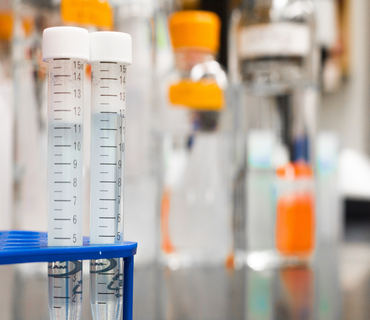When the source of water is contaminated, it does not just cause simply physical illnesses such as issues in the stomach and gastrointestinal areas. The effects could go as bad as causing high cholesterol levels, obesity, and even cancer.

Nylon syringe filters help in filtering the water sources to ensure that the water used for lab purposes is clean for proper results.
In the scientific and laboratory field, water is a very vital part. It is so important that when it becomes contaminated, everything is also affected. The safety, purity, reliability, and the overall quality of the water must be met with standards to ensure that no issues arise.
The Types of Contaminants
They say that half the battle is knowing who or what you are dealing with. With that being said, here are the types of contaminants that may be present in water. Knowing them will make you think of immediate solutions to fix the issue before it becomes out of control.
1.Elemental
There are a couple of natural elements that can contaminate water. One of the most common ones is arsenic. It is a natural ingredient present in the crust of the earth. This element can stick to groundwater.
Another contaminant is the element radon which proved to be a challenge as it is quite difficult to detect it because it is hard to smell, see, or even taste it. Moreover, radon is one of the leading causes of lung cancer, running in second place after smoking.
2.Inorganic Compounds
Inorganic compounds are characterized by their lack of color, odor, and taste. The most common inorganic compound contaminant of water is nitrate and nitrite. They are by-products of the nitrogen cycle that happens in the soil. They are also formed from fertilizers, wastewater treatment, manure, and septic tanks.
One can fight this type of contaminant through prevention rather than cure. Utilizing nitrate electrodes is essential to detect the danger of the nitrate and nitrite in a water sample.
3.Bacterial
Bacterial contaminants are also known as indicator organisms. They are coliform bacteria that sit longer in water. They are most commonly found in surface water and they can also be found on the human skin. They are so widespread but fortunately, coliform bacteria like E.coli are easy to remove by using different disinfection methods such as chlorine and ultraviolet light.
Method Equals Source
You might not know this but the method you use to stop contamination from happening is interdependent with the source of the water. For example, for treating drinking water for nitrate presence, one needs to combat it from the source. On the other hand, issues with coliform bacteria can be simply purified through the use of chemicals to solve clogging issues.
Free Your Laboratory from Contaminants
In a laboratory, it is very vital to perform water analysis to measure the contaminants present in a water sample. It can greatly help in fixing contamination issues with groundwater, drinking water, and even water for research purposes.
Nylon syringe filters are examples of tools that one can use to do water purification in order to achieve a desirable and more accurate result.


